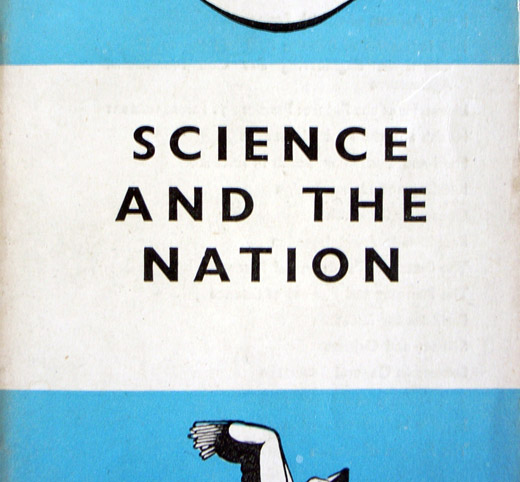Science and the Nation
I’ve been reading “SCIENCE AND THE NATION” which was written shortly after WWII by the Association of Scientific Workers (and an archive of material here). The book sets out a series of recommendations to allow Britain “to use all of it’s resources to take full part in international affairs, to repair the ravages of war, and to put industry on a peace-time footing”. There is a short chapter on Science as a Part of Culture, which describes a separation between science and the arts, and an under valued role of science within culture:
This is not to suggest that an interest in science is a superior attribute to an interest in the arts, but that a society’s heritage and contemporary progress in science is as integral a part of of that society’s culture as is its music and literature, and should be absorbed normally as part of general education. (page 208)
I like the idea of absorbing science, and reminded me of a chapter in a more recent book by Mike Michael, called Technoscience and everyday life. Rather than a sense of separation between communities (the “cultural intelligentsia” get an especially hard time!) and the broad principles of science, Michael’s describes how technology and science are bound to our everyday lives through the comportment of our bodies, through the use of mundane objects like Velcro fastenings or buckets and mops, as well through more exotic alterations:
Between these extremes of deep mundanity and the further shores of posthuman speculation lie bodies that are embroiled with the more or less everyday technologies of domestic and working life (cars, computer, chairs) and the more or less cutting edge techoscientific innovations, most obviously biomedicine (health communication campaigns through to stem cell therapy, genetic diagnostics, organ replacements). (page 43)
Here’s a way of considering our involvement with science and technology not through making changes to educational syllabuses or government policy, but by brushing our teeth.
